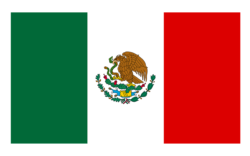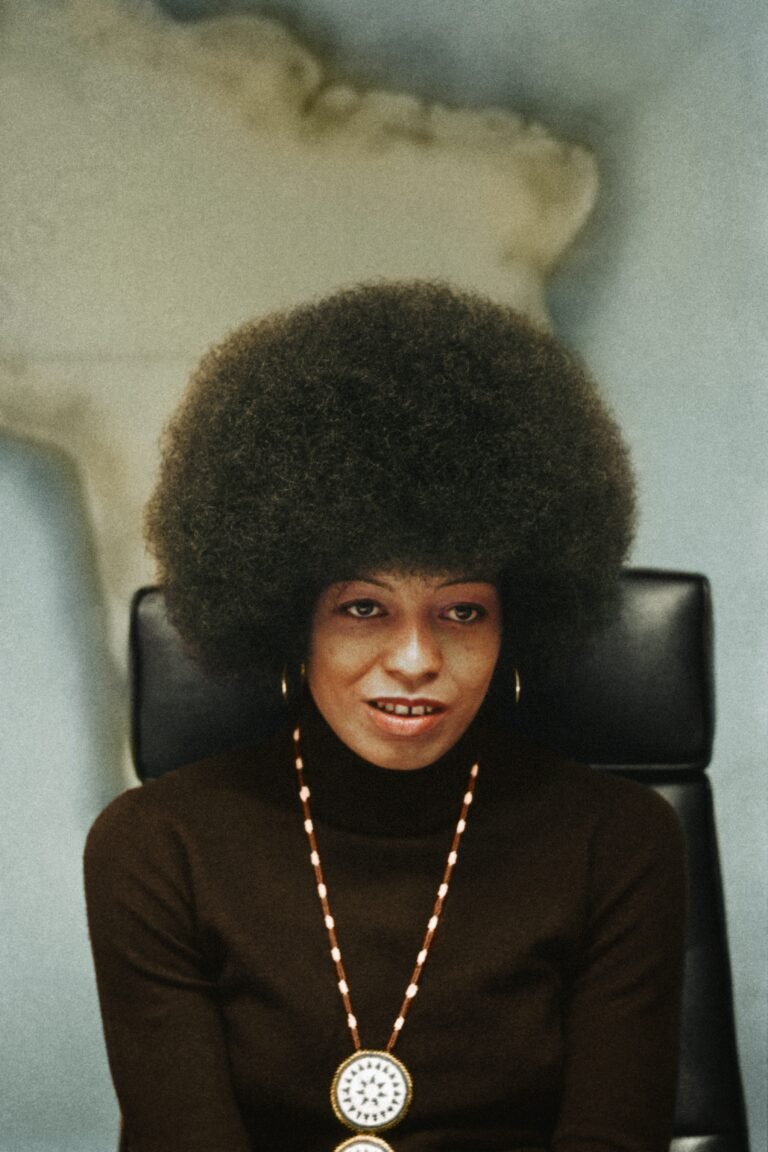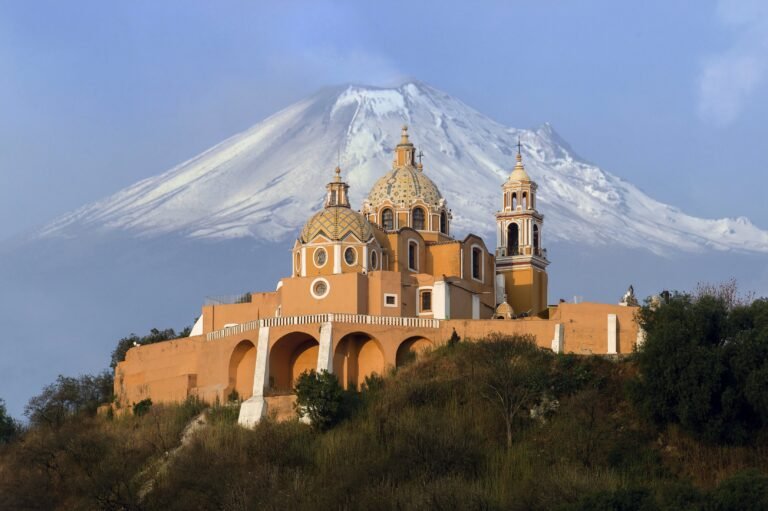What Is Mexico’s National Color?
Imagine strolling down the vibrant streets of Mexico, surrounded by a colorful tapestry of culture and heritage. As you immerse yourself in the lively atmosphere, you may find yourself pondering a question: what exactly is Mexico’s national color? In this article, we will explore the significance of colors in Mexican culture, delve into the history of the Mexican flag, and uncover the answer to this intriguing question. Prepare to embark on a journey that will paint a vivid picture of the colors that define Mexico.
Mexico’s National Color
The Importance of National Colors
National colors play a crucial role in defining a country’s identity and pride. They serve as symbols that represent the nation’s values, history, and culture. These colors are not only seen on flags but are also incorporated into various aspects of daily life, such as clothing, ceremonies, and artistic expression. In the case of Mexico, the national colors hold significant importance, reflecting the country’s rich heritage and strong sense of national identity.
Mexico’s Flag and National Colors
The Mexican flag, also known as “El Tricolor,” is a vibrant representation of Mexico’s national colors. It consists of three vertical stripes of green, white, and red, with the coat of arms at the center of the white stripe. Each color on the flag holds deep significance and reflects Mexico’s history, culture, and values. The flag’s design is a powerful visual representation of the nation’s identity and is held in high regard by the Mexican people.
History of Mexico’s National Colors
The history of Mexico’s national colors dates back to ancient times. Different civilizations that inhabited the region, such as the Aztecs and Mayans, embraced specific colors to symbolize their beliefs and identity. These colors evolved over time and were influenced by the colonial period and the struggle for independence. The birth of Mexico’s national colors is intertwined with the country’s history, representing the resilience and pride of its people.
Symbolism and Identity
Mexican culture holds a deep reverence for symbolism, and colors play a significant role in representing various aspects of Mexican identity. In Mexican culture, each color holds specific symbolism and meaning. For example, green reflects hope, fertility, and the richness of Mexico’s landscapes. White represents unity, purity, and the desire for peace. Red symbolizes the blood of national heroes who fought for freedom and independence. By embracing these colors, Mexicans express their cultural pride and connection to their heritage.
Historical Significance
The historical significance of Mexico’s national colors can be traced back to the pre-Hispanic era. Indigenous cultures used colors to represent their beliefs, gods, and ancestral heritage. During the colonial period, these colors became intertwined with the influences of Spanish culture, blending indigenous symbolism with European traditions. The colors then took on a new significance during the fight for independence, becoming symbols of resistance and national pride.
Cultural Associations
Mexico’s national colors are deeply ingrained in the country’s cultural associations. They are prominently featured in vibrant festivals and celebrations, such as Cinco de Mayo and Mexican Independence Day. The colors are also reflected in traditional Mexican clothing, the beautiful embroidery and patterns showcasing the pride of the Mexican people. Additionally, Mexican art and design frequently incorporate the national colors, serving as a visual representation of Mexican identity and culture.
Significance of the Mexican Flag
The Mexican flag holds great importance as it represents the national emblem and identity of the country. The flag’s design has evolved over time, with the current version adopted in 1968. It showcases the three vertical stripes of green, white, and red, each carrying its own symbolism. Many Mexicans see the flag as a unifying symbol that brings people together, regardless of their differences, and instills a sense of national pride and patriotism.
Colors of the Mexican Flag
Each color on the Mexican flag holds a specific meaning and represents different aspects of Mexican identity. Green represents hope, symbolizing the lush landscapes and the country’s agricultural wealth. It also represents independence, reflecting the eagerness of the Mexican people for freedom and self-governance. White represents unity, purity, and peace, reflecting a desire for harmony among the diverse population. Red symbolizes the blood of the national heroes who fought for their country’s independence, reminding Mexicans of the sacrifices made to achieve their freedom.
Revival of Pre-Hispanic Art and Traditions
In recent years, there has been a resurgence of interest in indigenous heritage and the revival of pre-Hispanic art and traditions in Mexico. The national colors play a vital role in connecting the present with the ancient past. Mexican people have rediscovered the beauty and significance of indigenous art, which often incorporates the traditional colors of green, white, and red. Museums and galleries have become spaces to celebrate and commemorate the rich artistic history of pre-Hispanic cultures, showcasing their deep connection with Mexico’s national colors.
Mexico’s national colors hold tremendous importance in representing the country’s identity, history, and culture. Each color on the Mexican flag carries deep symbolism and reflects specific values and beliefs. These colors are not just symbols on a flag but are woven into the fabric of Mexican society, appearing in festivals, clothing, and artistic expressions. Mexico’s national colors serve as a powerful reminder of the resilience, pride, and unity of the Mexican people, evoking a sense of patriotism and cultural pride in all those who embrace them.












